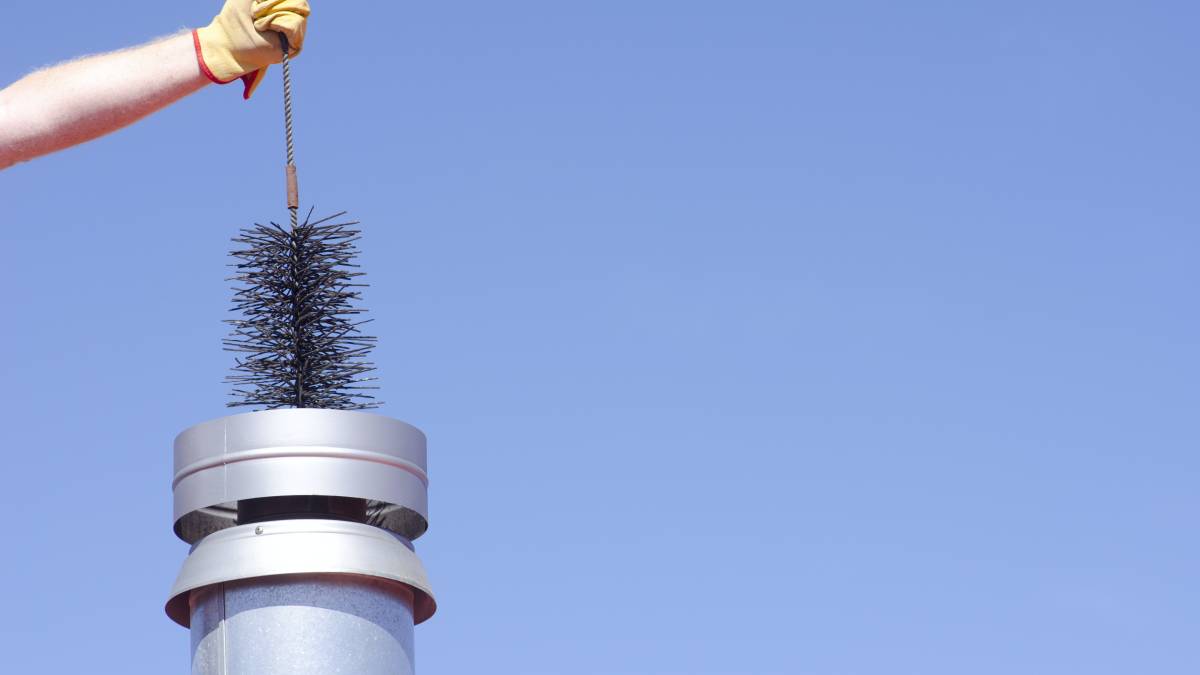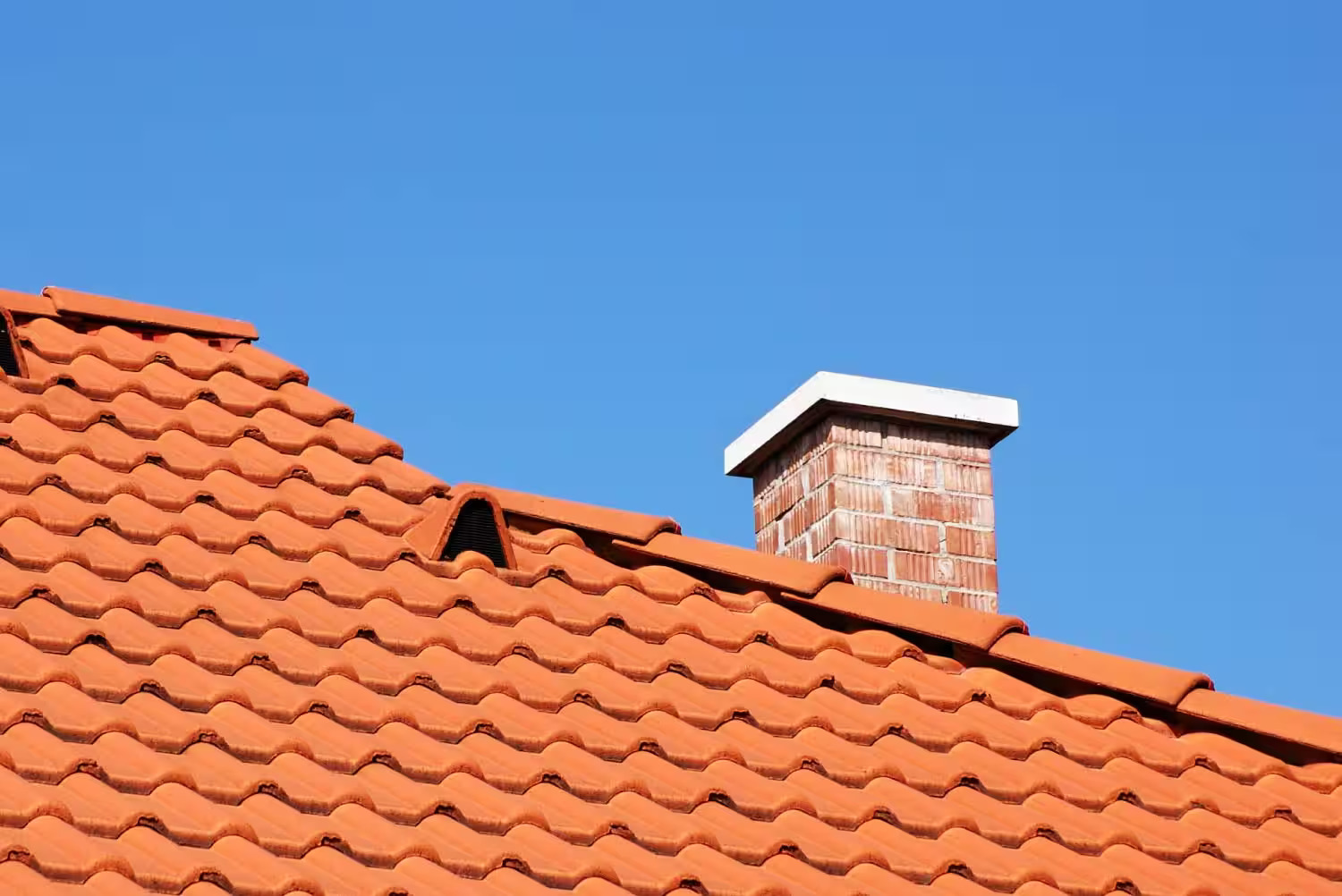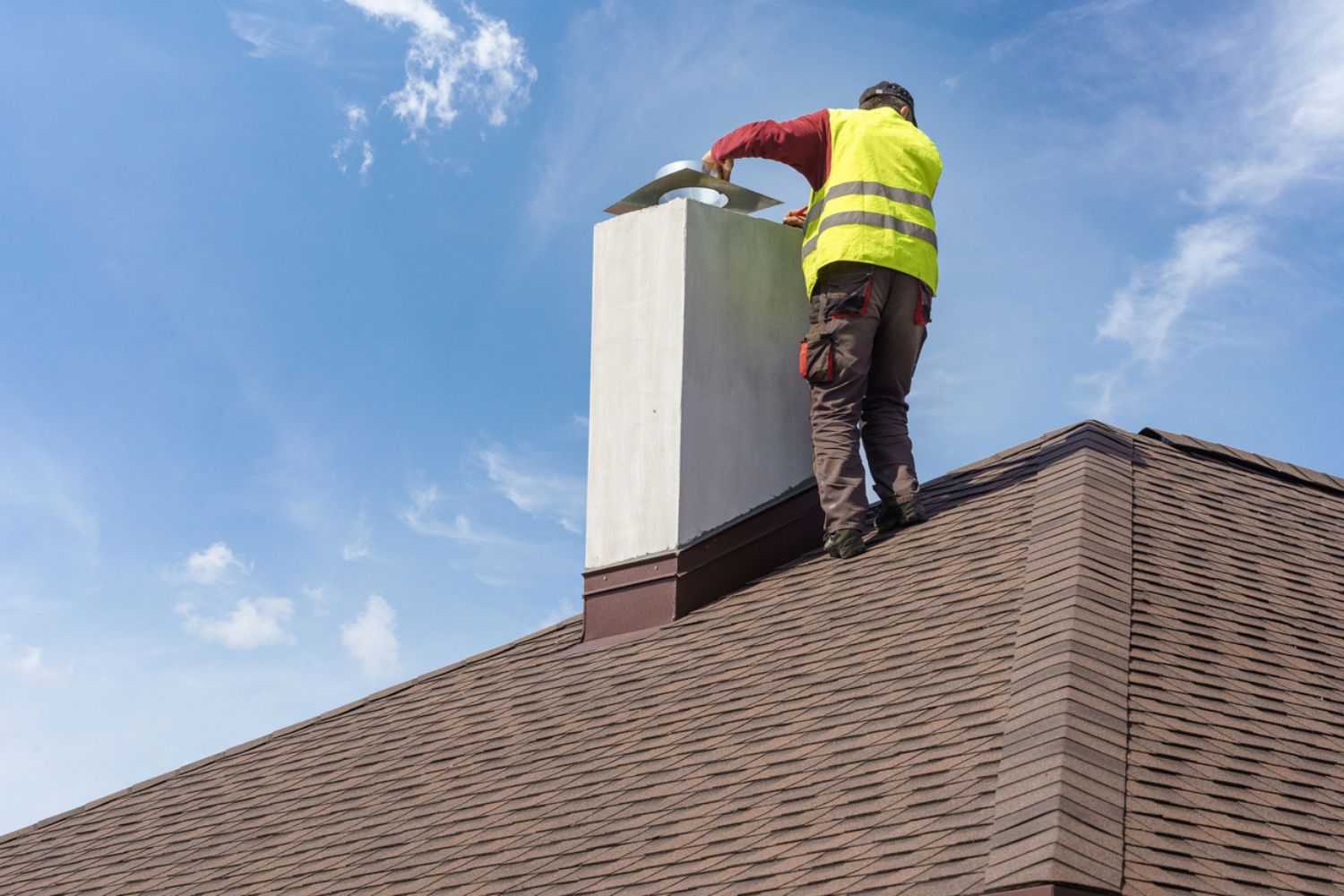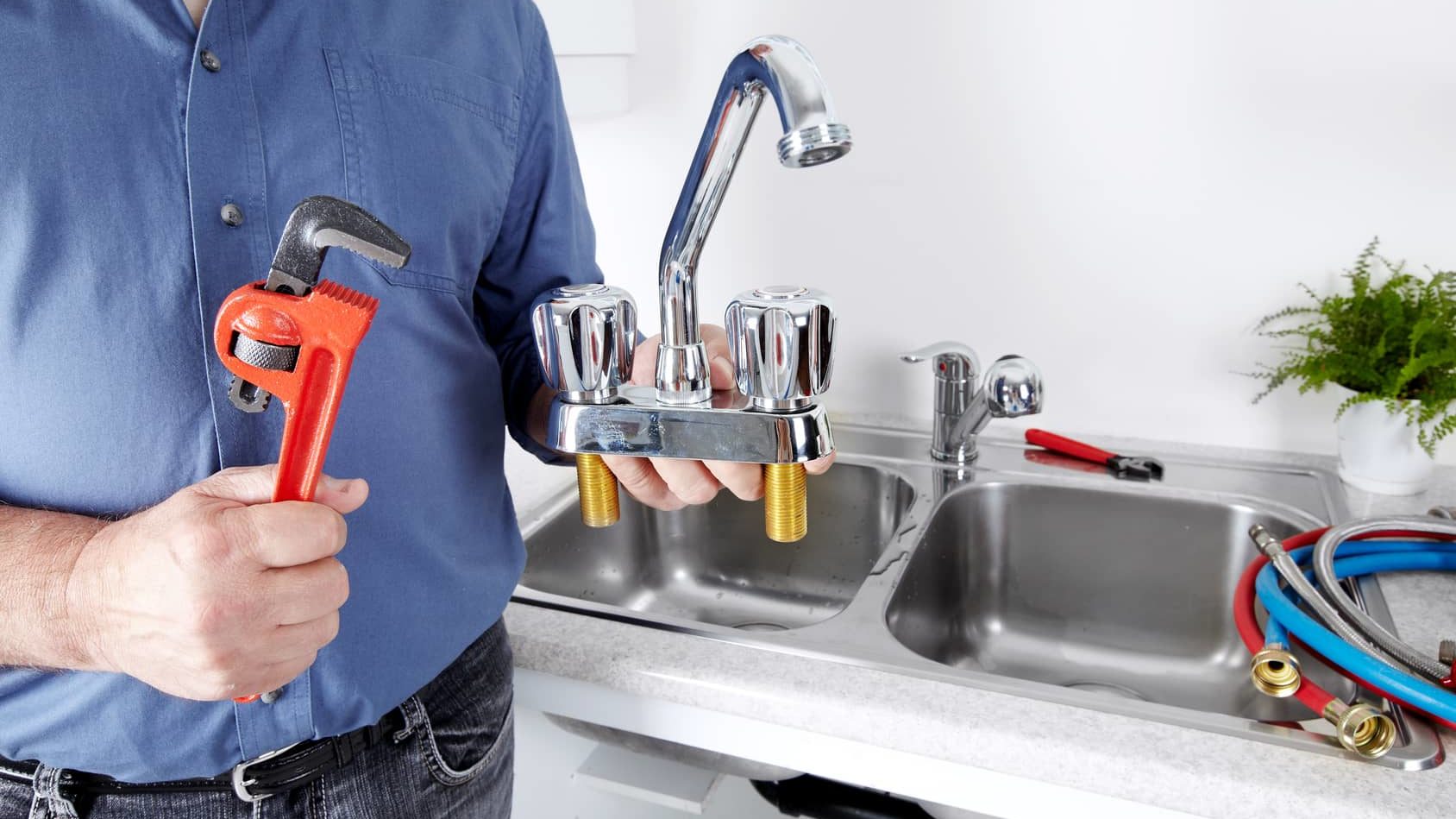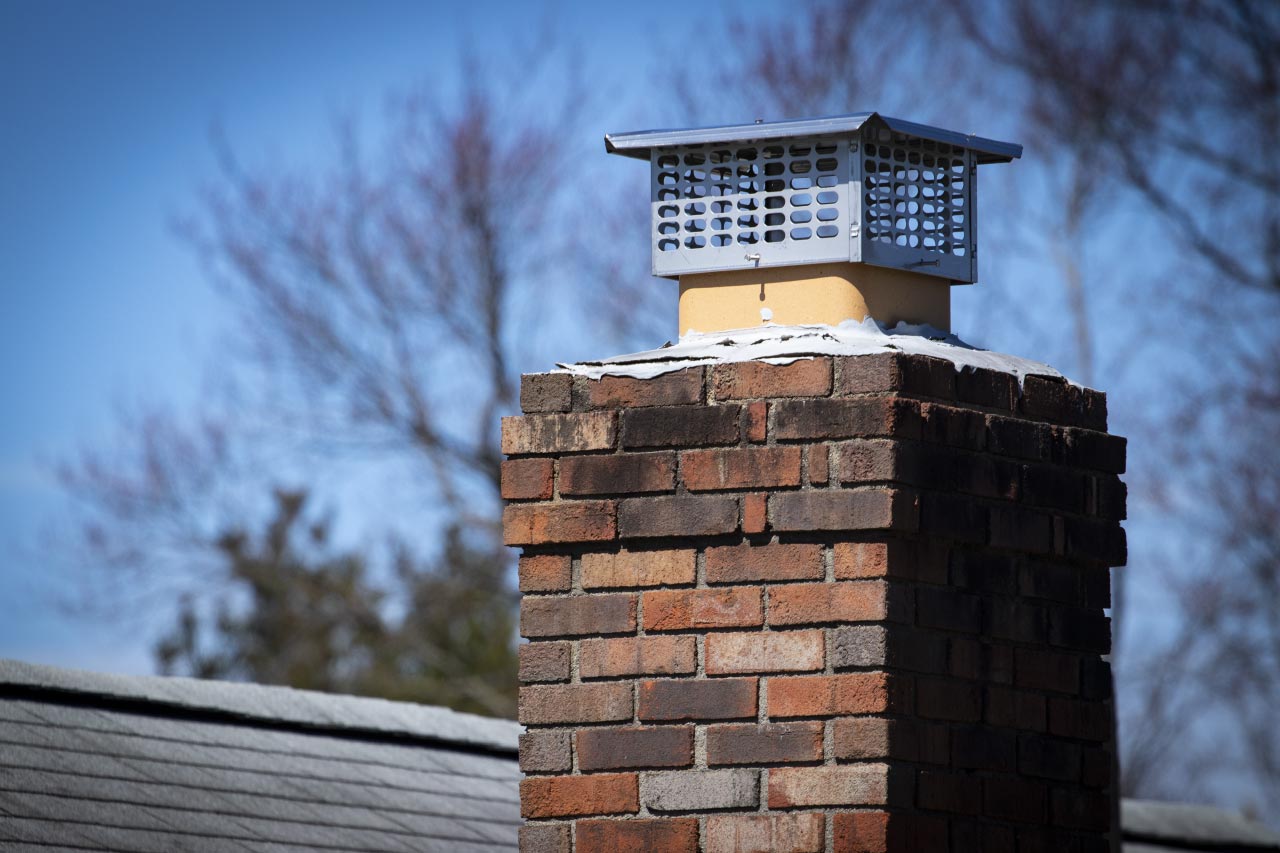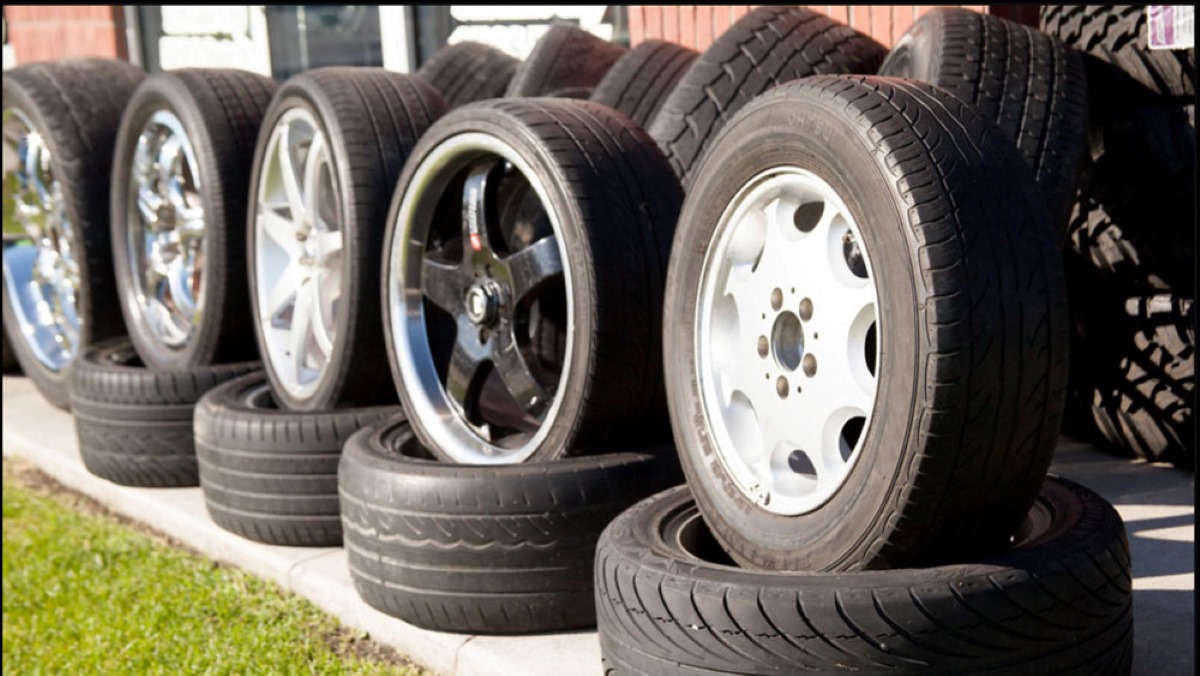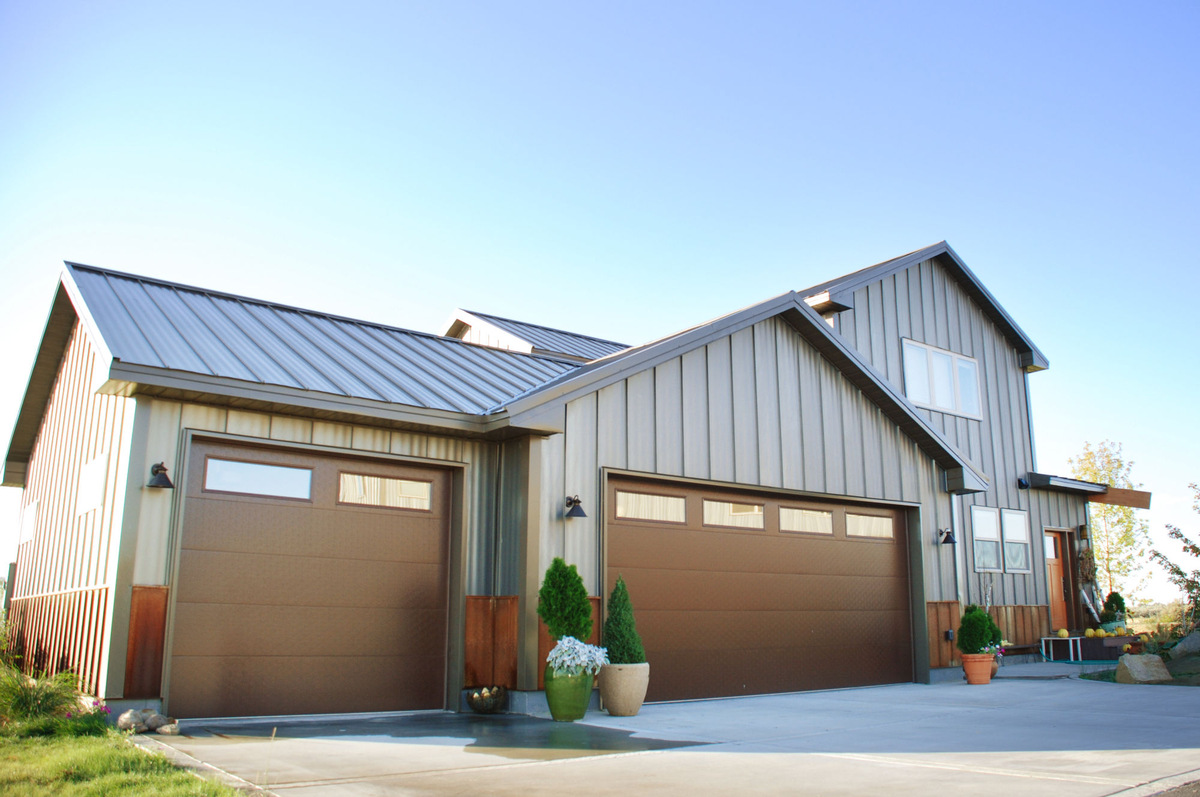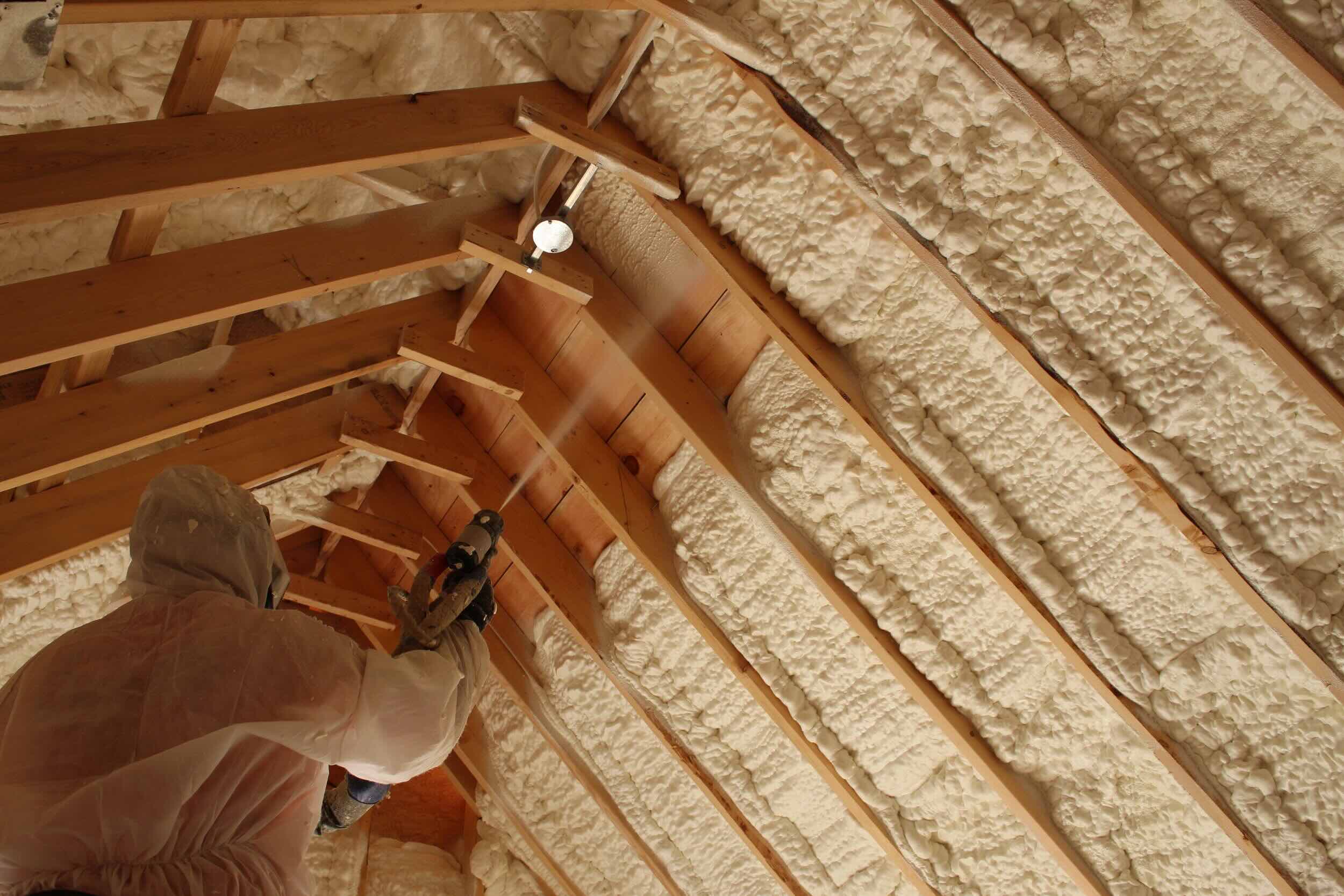Home>Home Maintenance>How Much Does Dry Rot Repair Cost
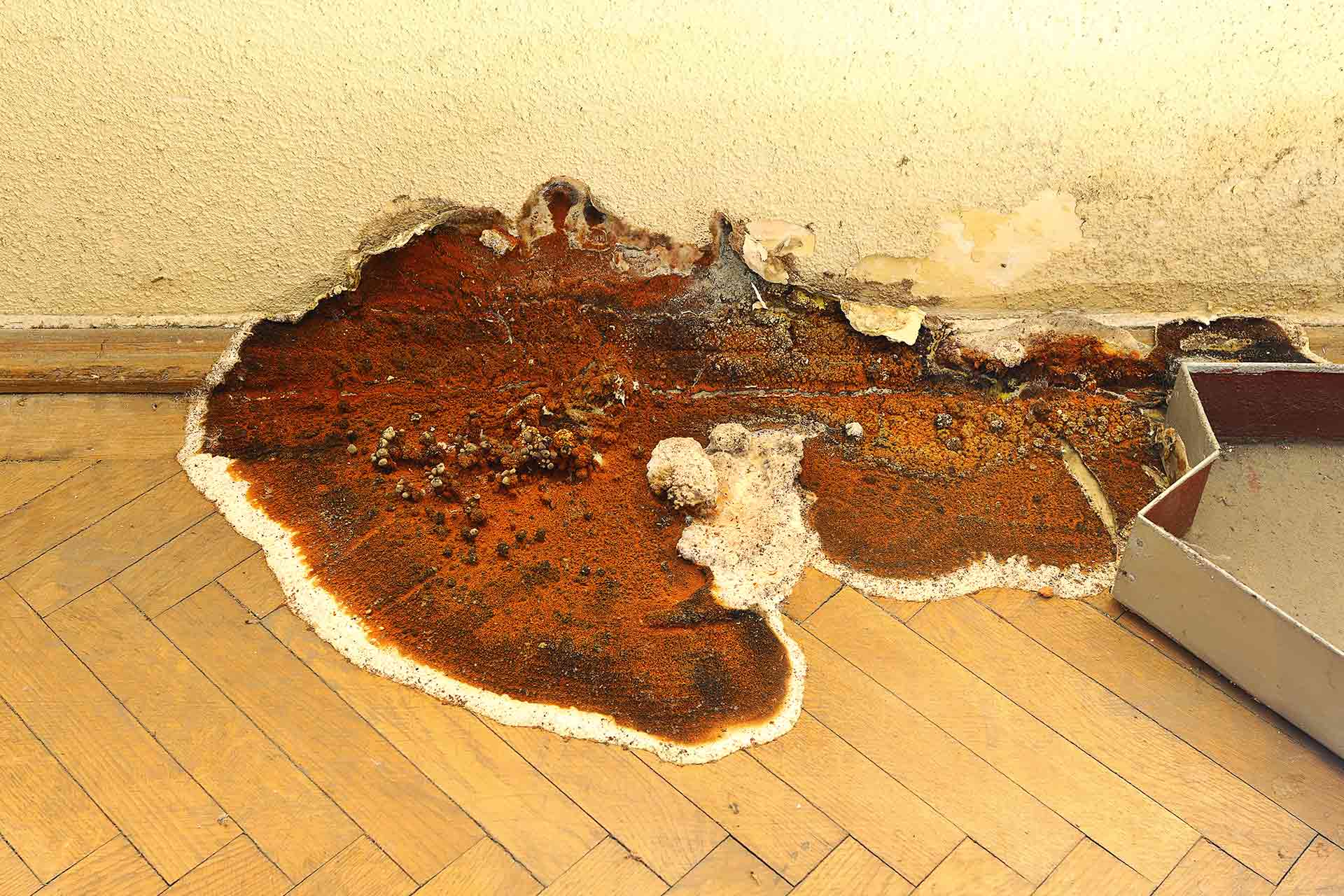

Home Maintenance
How Much Does Dry Rot Repair Cost
Modified: March 6, 2024
Find out the cost of dry rot repair for home maintenance. Discover the average prices and get a quote for fixing dry rot in your house today.
(Many of the links in this article redirect to a specific reviewed product. Your purchase of these products through affiliate links helps to generate commission for Storables.com, at no extra cost. Learn more)
Introduction
Welcome to our comprehensive guide on dry rot repair costs. As a homeowner, you know how important it is to maintain the structural integrity of your house. One of the common problems homeowners face is dry rot, a destructive and pervasive fungus that can cause serious damage if left untreated. In this article, we will explore the causes and signs of dry rot, the importance of timely repairs, factors that affect the cost of dry rot repair, common methods used for repair, and whether it’s better to hire professionals or attempt a do-it-yourself (DIY) approach. By understanding the cost of dry rot repair and the various factors involved, you can make informed decisions and protect your home.
Dry rot, also known as Serpula lacrymans, is a type of fungus that thrives in damp and moist environments. It feeds on wood, causing it to decay and deteriorate over time. This can weaken the structural integrity of your home and lead to extensive damage if not addressed promptly. Dry rot is commonly found in areas with high humidity, such as basements, crawl spaces, bathrooms, and areas exposed to moisture or water leaks.
There are several factors that contribute to the development of dry rot. One of the primary causes is excess moisture. Moisture can enter your home through leaks in the roof, windows, or pipes, or it can be present in areas with poor ventilation. Once moisture infiltrates the wood, it creates the perfect environment for dry rot to grow and spread. Other contributing factors include poor drainage, condensation, and lack of adequate waterproofing measures.
Identifying the signs and symptoms of dry rot is crucial for early detection and prevention. Some common signs include a musty odor, discoloration or darkening of wood, cracked or crumbling wood, and the presence of a white or gray cotton-like substance. If you notice these signs, it’s essential to take immediate action to prevent further damage to your home.
Repairing dry rot is crucial to protect the structural integrity of your home and prevent further damage. If left untreated, dry rot can compromise the stability of the affected areas, leading to costly repairs down the line. Not only does dry rot repair restore the integrity of the affected wood, but it also prevents the fungus from spreading and causing more extensive damage.
Key Takeaways:
- Addressing dry rot promptly is crucial to prevent further damage, protect your home’s value, and ensure the safety of your family.
- While DIY repairs can save money, professional dry rot repair guarantees quality workmanship, structural integrity, and long-term solutions.
Read more: How Much Does It Cost To Dry Clean A Quilt
Understanding Dry Rot
Dry rot is a common problem that affects the wood in buildings, causing it to become weak, crumbly, and decayed. It is caused by a specific type of fungi, known as Serpula lacrymans, which break down the cellulose in the wood, leading to its deterioration. Understanding how dry rot works is crucial for effective treatment and prevention.
The life cycle of dry rot begins with spores that are present in the air and on surfaces. When these spores come into contact with moisture and a food source (such as wood), they germinate and form fungal threads called hyphae. These hyphae penetrate the wood, breaking down the cellulose and extracting the nutrients they need to survive.
As the dry rot fungus grows, it produces a cotton-like white or grayish mycelium, which is visible on the surface of the affected wood. This mycelium is made up of millions of interconnected hyphae that work together to break down the wood. The mycelium also produces spores, which are released into the air, allowing the fungus to spread to other areas and infest new wood.
Dry rot requires specific conditions to thrive. It thrives in damp and poorly ventilated areas, where moisture levels are high and airflow is limited. It commonly occurs in basements, crawl spaces, attics, and areas affected by leaks or water damage. The moisture can come from various sources, such as leaking pipes, roof leaks, condensation, or poor waterproofing.
One characteristic of dry rot is its ability to travel through porous materials, such as mortar, plaster, and masonry. It can spread horizontally along these surfaces, causing damage to adjacent areas. In advanced stages, dry rot can even affect the structural integrity of a building, compromising beams, joists, and support structures.
It’s important to note that dry rot is different from wet rot. While both types of fungi cause wood decay, dry rot thrives in areas with limited moisture, whereas wet rot requires high levels of moisture to grow. The treatment and repair methods for dry rot may also differ from those used for wet rot.
In summary, dry rot is a destructive fungal infection that affects wood in buildings. It spreads through spores, germinates in moist conditions, and thrives in poorly ventilated areas. By understanding its life cycle and preferred conditions, you can take effective measures to prevent and treat dry rot in your home.
Causes of Dry Rot
Dry rot is caused by a combination of factors that create the ideal conditions for the growth and development of the destructive fungus. Understanding the causes of dry rot is crucial for preventing its occurrence and taking appropriate measures to protect your home. Here are some common causes:
- Excess Moisture: The primary cause of dry rot is excess moisture. Moisture can enter your home through leaks in the roof, windows, or pipes, or it can be present in areas of poor ventilation. This moisture provides the necessary conditions for the growth of the dry rot fungus.
- Poor Ventilation: A lack of proper ventilation can trap moisture inside your home, creating an environment conducive to dry rot growth. Inadequate airflow prevents the evaporation of moisture, allowing it to accumulate and create damp conditions that promote the fungus’s development.
- Water Leaks: Water leaks, whether from plumbing or roof issues, can introduce moisture into the structure of your home. Persistent water intrusion can lead to damp conditions and create a perfect breeding ground for dry rot.
- Condensation: Excessive condensation can occur in areas with high humidity and poor ventilation. Moisture from the air can settle on surfaces, including wood, leading to dampness and providing an ideal environment for dry rot to grow.
- High Humidity: Regions with high humidity are more prone to dry rot because the air already contains a significant amount of moisture. This increased moisture content can contribute to the development and spread of the dry rot fungus.
- Lack of Waterproofing Measures: Insufficient waterproofing or inadequate maintenance of existing waterproofing measures can allow water to seep into the structure of your home. Without proper protection, the wood becomes susceptible to moisture damage and dry rot infestations.
It’s important to address these causes promptly to prevent the onset and spread of dry rot. Regular inspections, maintenance, and taking preventive measures can help protect your home from the damaging effects of dry rot.
Signs and Symptoms of Dry Rot
Identifying the signs and symptoms of dry rot is essential for early detection and prevention. Catching dry rot in its early stages can help prevent further damage to your home and save you from costly repairs. Here are some common signs to look out for:
- Musty Odor: A musty and damp smell is often one of the first signs of dry rot. If you notice an unpleasant odor that persists despite your efforts to eliminate it, it could indicate the presence of dry rot fungus.
- Discoloration or Darkening of Wood: Dry rot causes wood to become discolored or darken. The affected wood may appear brown, gray, or even black. Look for any changes in the appearance of wooden surfaces, such as beams, floorboards, or furniture.
- Cracked or Crumbling Wood: As dry rot progresses, the affected wood becomes weak and brittle. You might notice cracks or splits in the wood, and it may start to crumble easily when touched. Pay close attention to areas where there’s visible decay or damage.
- Powdery Texture: When dry rot advances, it can leave behind a powdery residue or fine dust. This is caused by the disintegration of the wood fibers as the fungus breaks it down. If you see a dusty or powdery substance around affected areas, it’s likely a sign of dry rot.
- Cotton-Like Fungal Growth: Dry rot fungus produces a cotton-like white or grayish mycelium. This fungal growth can be seen on the surface of the affected wood or nearby surfaces. The mycelium may appear fluffy or cotton-ball-like in texture.
- Potential Spore Development: In advanced stages, dry rot can produce spores, which can be released into the air. If you notice a fine dust settling on surfaces, it could indicate that dry rot is present, and the fungus has started to release spores to spread and infest new areas.
If you observe any of these signs and symptoms of dry rot in your home, it’s essential to take immediate action. Ignoring or delaying repairs can lead to further damage, compromise the structural integrity of your home, and result in more extensive and costly repairs in the future.
It’s worth noting that sometimes the signs of dry rot may not be immediately visible, as the fungus can hide behind plaster, paint, or other materials. Regular inspections and vigilance are key to catching dry rot early before it progresses and causes significant damage. If you suspect dry rot but are unsure, it is best to consult a professional for a thorough inspection and accurate diagnosis.
Importance of Dry Rot Repair
Dry rot is a destructive fungus that can cause significant damage to the wood in your home. Ignoring or delaying dry rot repair can lead to serious consequences and jeopardize the structural integrity of your property. Here are some key reasons why dry rot repair is of utmost importance:
- Preservation of Structural Integrity: Dry rot weakens the wood, making it structurally unsound. Repairing dry rot ensures the stability and strength of the affected areas, preventing further deterioration and potential structural failure.
- Prevention of Spread: Dry rot is highly contagious and can spread rapidly to other areas of your home. Prompt repair interrupts the fungus’s growth and prevents it from spreading to unaffected wood, minimizing the overall damage and reducing the scope of repairs.
- Protection Against Costly Repairs: Timely dry rot repair helps avoid more significant issues down the line. By addressing the problem early on, you can prevent the need for extensive and costly repairs that may become necessary if dry rot is left untreated.
- Preservation of Property Value: Maintaining the condition of your home, including addressing dry rot, is essential for preserving its value. By investing in dry rot repair, you protect your investment and ensure that your property maintains its worth in the long term.
- Prevention of Health Hazards: Dry rot can cause respiratory concerns and allergies due to the presence of spores. Repairing dry rot eliminates the source of these spores, improving indoor air quality and safeguarding the health of you and your family.
- Enhancement of Aesthetic Appeal: Dry rot can mar the appearance of your home, with discoloration, crumbling wood, and fungal growth. Repairing dry rot restores the appearance of affected areas, ensuring that your home remains visually appealing.
- Elimination of Other Pests: Dry rot can attract other pests, such as wood-boring beetles and termites, as they are attracted to decaying wood. By addressing dry rot, you eliminate the conducive environment that attracts these pests, preventing further infestations.
Remember, dry rot is not a problem that will go away on its own. It requires immediate attention and appropriate repair measures to mitigate the damage and prevent further complications. Engaging the services of professionals experienced in dry rot repair can ensure that the issue is effectively addressed, and your home is protected.
By understanding the importance of dry rot repair and taking proactive measures, you can safeguard your home, preserve its value, and ensure the well-being of your family.
Read more: How Much Does It Cost To Tuckpoint A Chimney
Factors Affecting Dry Rot Repair Cost
The cost of dry rot repair can vary widely depending on several factors. Understanding these factors is important as it allows you to estimate and plan for the expenses associated with tackling this issue. Here are some key factors that can influence the cost of dry rot repair:
- Extent of Damage: The severity and extent of the dry rot damage play a significant role in determining the repair cost. Minor localized damage may only require surface-level repairs, whereas extensive damage that affects the structural integrity of the wood may require more extensive and costly repairs.
- Size of the Affected Area: The size of the area affected by dry rot will impact the repair cost. Larger areas will require more materials, labor, and time to restore, resulting in higher repair costs compared to smaller affected areas.
- Accessibility: The accessibility of the affected areas can also affect the repair costs. If the dry rot is located in hard-to-reach or confined spaces, additional effort may be required to access and repair the affected wood, potentially increasing the overall cost.
- Structural Complexity: The complexity of the affected structure can influence the repair cost. Intricate architectural details, such as decorative moldings or ornate trim, may require more intricate repair work, resulting in higher costs compared to simpler structures.
- Material Costs: The type and quality of materials used in the repair process can impact the overall cost. Higher quality materials may come at a premium price, but they offer durability and long-term protection against future dry rot issues.
- Preventive Measures: Incorporating preventive measures as part of the repair process can add to the cost but may be essential to prevent future dry rot infestations. This can include enhancing ventilation, improving waterproofing, or applying protective coatings to prevent moisture buildup and subsequent fungal growth.
- Professional Services: Hiring professionals to handle the dry rot repair will add to the overall cost. The experience, expertise, and reputation of the contractors can influence the price they charge for their services. However, professional services ensure that the repairs are done correctly and effectively, minimizing the risk of recurring issues.
It’s important to note that each case is unique, and the specific circumstances of your dry rot repair project will determine the exact cost. It is advisable to obtain multiple quotes from reputable contractors to compare the cost estimates and the services offered before making a decision.
While the cost of dry rot repair may seem daunting, addressing the issue promptly is crucial to prevent further damage and higher expenses in the long run. Investing in professional repairs and taking preventive measures can help protect your home and preserve its value.
Get multiple quotes from licensed contractors to compare dry rot repair costs. Factors like the extent of damage and materials needed can affect the price. Be wary of unusually low quotes, as they may indicate subpar workmanship or use of inferior materials.
Common Methods of Dry Rot Repair
When it comes to repairing dry rot, there are several common methods used to address the issue effectively. The specific method chosen will depend on the extent of the damage and the expertise of the professionals involved. Here are some of the most commonly used methods for dry rot repair:
- Wood Replacement: In cases where the dry rot damage is localized and limited to specific areas, the affected wood can be removed and replaced. This method involves cutting out the deteriorated wood and replacing it with new, treated wood. It is essential to identify the source of moisture and fix any underlying issues before replacing the wood to prevent future infestations.
- Chemical Treatments: Certain chemicals can be applied to the affected wood to halt the growth of dry rot fungus and prevent further damage. These treatments typically involve the use of fungicides or preservatives that penetrate the wood, killing the fungus and protecting against future infestations. Chemical treatments are often used in combination with other repair methods to ensure thorough eradication of the dry rot.
- Structural Reinforcement: In cases where the dry rot has compromised the structural integrity of the wood, additional reinforcement may be necessary. This can involve the installation of steel plates or braces to strengthen weakened areas or the addition of supporting beams and joists. Structural reinforcement ensures the stability and durability of the repaired wood.
- Improving Ventilation: Addressing the underlying cause of the dry rot, such as poor ventilation, is crucial for long-term prevention. This method involves improving airflow and ventilation in the affected areas to reduce moisture levels. Installing vents, dehumidifiers, or fans can help circulate air and keep moisture levels in check, discouraging the growth of dry rot fungus.
- Waterproofing and Moisture Control: Proper waterproofing measures are essential for preventing future dry rot infestations. This can include applying sealants or waterproof coatings to surfaces exposed to moisture, repairing leaks, and improving the overall moisture management of the structure. By controlling moisture, you create an environment that is less favorable for the growth of dry rot fungus.
- Preventive Maintenance: Along with the repair methods, ongoing preventive maintenance is crucial to avoid future dry rot issues. This can involve regular inspections, promptly addressing any signs of moisture or fungal growth, and implementing routine maintenance practices to ensure the long-term health of the wood.
It’s important to note that dry rot repair is a complex task and often requires the expertise of professionals experienced in handling this specific issue. DIY repairs may not effectively address the problem, leading to recurring dry rot or incomplete eradication of the fungus. Hiring professionals ensures that the repairs are done correctly, mitigating the risk of further damage and future infestations.
Remember, prevention is key when it comes to dry rot. Regular maintenance, prompt repairs, and addressing underlying moisture issues are essential to prevent the recurrence of dry rot and protect your home from further damage.
DIY vs. Professional Dry Rot Repair
When facing a dry rot issue, you may be tempted to tackle the repairs yourself as a cost-saving measure. While some minor cases can be successfully addressed with a DIY approach, it is important to understand the benefits and limitations of DIY repairs compared to hiring professionals. Here is a comparison between DIY and professional dry rot repair:
DIY Dry Rot Repair:
- Cost Savings: DIY repairs can be more economical, as you won’t have to pay for professional labor. You can also control the cost of materials and choose cost-effective alternatives.
- Learning Opportunity: Taking on a DIY project allows you to learn new skills and gain hands-on experience in tackling dry rot repair. This knowledge can be valuable for future maintenance and repairs.
- Flexibility and Convenience: With a DIY approach, you have the flexibility to work at your own pace and on your own schedule. You can also tailor the repairs to your preferences and availability.
- Limitations in Skill and Equipment: Dry rot repair can be complex, requiring specific skills, tools, and knowledge. DIY repairs may not match the expertise and precision of professionals, potentially leading to incomplete repairs or the recurrence of dry rot.
- Time and Effort: Dry rot repairs can be time-consuming and labor-intensive. Without professional guidance, it may take longer to complete the repairs, potentially causing further damage or allowing the dry rot to spread to other areas in the meantime.
- Limited Warranty and Guarantees: DIY repairs typically do not come with warranty or guarantees. If the dry rot reoccurs or the repairs prove to be ineffective, you may have to incur additional costs to rectify the situation.
Professional Dry Rot Repair:
- Expertise and Experience: Professionals specializing in dry rot repair have the necessary expertise, knowledge, and experience to identify the extent of damage, offer targeted solutions, and ensure effective repairs.
- Quality Workmanship: Hiring professionals ensures that the repairs are done correctly and to industry standards. They have access to specialized tools and materials, ensuring thorough and precise repairs.
- Time and Efficiency: Professionals can complete the dry rot repairs more efficiently due to their experience and resources. This saves you time and minimizes disruptions to your daily life.
- Long-Term Solutions: Professionals can offer preventive measures and recommendations to prevent future dry rot issues. Their expertise helps address the underlying causes of dry rot and reduces the risk of recurring infestations.
- Warranty and Guarantees: Reputable professionals often provide warranties or guarantees for their work. This ensures that if the dry rot reappears within a specified period, they will rectify it at no additional cost.
- Peace of Mind: Hiring professionals for dry rot repair offers peace of mind, knowing that the issue is being handled by experts who will deliver long-lasting and effective solutions.
While DIY repairs can be suitable for minor cases, it is advisable to consult with professionals for more extensive dry rot issues or cases where structural integrity is compromised. Assess the scope of the repairs, your skill level, and the risks involved before deciding on the best approach for your dry rot repair project.
Remember, the goal is to address the dry rot issue effectively and prevent further damage to your home. Prioritize safety and the long-term health of your property when making the decision between DIY and professional dry rot repair.
Typical Costs of Dry Rot Repair
The cost of dry rot repair can vary significantly depending on various factors, such as the extent of the damage, the size of the affected area, and the location of the dry rot. It is essential to have a general understanding of the typical costs associated with dry rot repair to budget and plan accordingly. Here are some cost factors to consider:
- Extent of Damage: The severity and extent of the dry rot damage will have a direct impact on the cost of repairs. Minor damage that can be addressed with localized repairs will generally be less expensive compared to extensive damage that requires widespread repairs or structural reinforcements.
- Size of the Affected Area: The size of the area affected by dry rot will influence the cost. Larger areas will require more materials, labor, and time to repair, resulting in higher costs compared to smaller affected areas.
- Materials and Supplies: The type and quality of materials used for repairs will affect the overall cost. The price of wood, fungicides, preservatives, sealants, and other necessary supplies can vary, and opting for higher-quality materials may come at a higher cost.
- Structural Reinforcement: If the dry rot has compromised the structural integrity of the wood, additional reinforcement or support may be required. The cost of installing supporting beams, joists, or steel plates will contribute to the overall repair costs.
- Accessibility: The accessibility of the affected areas can impact the cost. If the dry rot is located in hard-to-reach or confined spaces, additional effort and time may be required to access and repair the affected wood, potentially increasing the overall cost.
- Professional Services: The cost of professional services for dry rot repair will vary depending on several factors, such as the expertise of the contractors and the region you are located in. It is advisable to obtain multiple quotes from reputable contractors to compare prices and services offered.
It is challenging to provide an exact cost estimate for dry rot repair, as it depends on the unique circumstances of each project. However, to provide a rough estimation, dry rot repairs can range from a few hundred dollars for small localized repairs to several thousand dollars for larger areas or extensive damage.
It’s important to note that it is worth investing in professional dry rot repair, as improper or incomplete repairs can lead to recurring issues and further damage. While professional repairs may come at a higher initial cost, they ensure that the issue is addressed correctly and prevent the need for costly repairs down the line.
Remember, dry rot repair is an investment in the long-term health and stability of your home. It is always wise to consult with professionals for an accurate assessment and cost estimate based on the specific conditions of your dry rot issue.
Read more: How Much Does It Cost For A Chimney Sweep
Cost-Saving Tips for Dry Rot Repair
Dry rot repair can be a significant expense, but there are several cost-saving tips that can help minimize the financial burden while still addressing the issue effectively. Here are some practical strategies to save money on dry rot repairs:
- Take Prompt Action: Address dry rot as soon as you notice the signs to prevent further damage and more costly repairs down the line. Timely action can help minimize the extent of damage and associated expenses.
- Obtain Multiple Quotes: Seek quotes from different reputable contractors to compare prices and services. This allows you to choose the most cost-effective option without compromising on quality.
- Consider Partial Repairs: If the dry rot damage is limited to specific areas, opt for targeted repairs rather than replacing the entire structure. This can help save on materials, labor, and time.
- DIY Non-Structural Repairs: Depending on your skill level and the scope of the damage, you might be able to handle non-structural repairs yourself. However, exercise caution and consult professionals for structural repairs or complex cases to avoid future issues.
- Source Cost-Effective Materials: Look for reasonably priced materials without compromising quality. Check with local suppliers or online platforms to find the best deals on wood, fungicides, sealants, and other supplies required for the repairs.
- Consider Secondhand Materials: If appropriate, consider using reclaimed or secondhand materials for parts of the repair. This can help reduce costs, especially for non-visible areas or when matching existing wood is not essential.
- Optimize Labor Costs: Discuss with your contractor ways to optimize labor costs, such as bundling multiple projects or tasks together to save time and minimize labor expenses.
- Preventive Maintenance: Implement preventive measures to avoid future dry rot issues. Improve ventilation, fix leaks promptly, and ensure proper waterproofing to prevent the recurrence of dry rot and save on potential future repair costs.
- Regular Maintenance Inspections: Conduct regular inspections of your home to identify any early signs of dry rot or moisture issues. Early detection and prompt action can help address problems before they escalate, potentially saving you from more extensive repairs.
- Reputable Contractors: While it may be tempting to choose the cheapest option, always prioritize quality and reliability when selecting a contractor. Hiring experienced professionals ensures that the job is done right the first time, reducing the risk of recurring issues and additional costs in the future.
Remember, cost-saving measures should be balanced with the need for effective and lasting repairs. It is crucial to prioritize the health and stability of your home when making decisions regarding dry rot repair.
By taking proactive steps, being mindful of costs, and consulting professionals when needed, you can save money while effectively addressing dry rot issues and safeguarding your home.
Conclusion
Dry rot is a common problem that can compromise the structural integrity of your home if left untreated. Understanding the causes, signs, and importance of dry rot repair is crucial for protecting your investment and ensuring the safety of your family. By addressing dry rot promptly, you can minimize damage, prevent further infestations, and save on potential future repair costs.
When it comes to dry rot repair, you have the option of either pursuing a do-it-yourself approach or hiring professionals. While DIY repairs can save money, they may lack the expertise and precision required for effective and long-lasting solutions. Professional dry rot repair guarantees quality workmanship, ensures structural integrity, and comes with additional benefits such as warranties and guarantees.
Factors such as the extent of the damage, size of the affected area, accessibility, and materials used will influence the cost of dry rot repair. Obtaining multiple quotes, considering targeted repairs, sourcing cost-effective materials, and implementing preventive maintenance measures are all effective strategies for reducing costs while still addressing the issue effectively.
Ultimately, the goal of dry rot repair is to protect the stability and value of your home. By taking proactive measures, being vigilant for signs of dry rot, and addressing the issue promptly, you can safeguard your home from further damage and potential health hazards.
Remember, dry rot repair is not just about fixing visible damage but also addressing the underlying causes and implementing preventive measures. Regular maintenance inspections, maintaining good ventilation, and promptly addressing any moisture issues are crucial for preventing the recurrence of dry rot.
Whether you choose to tackle dry rot repair yourself or hire professionals, it is important to make informed decisions and prioritize the long-term health of your home. By taking the necessary steps now, you can protect your property and ensure that it remains a safe and secure haven for years to come.
Frequently Asked Questions about How Much Does Dry Rot Repair Cost
Was this page helpful?
At Storables.com, we guarantee accurate and reliable information. Our content, validated by Expert Board Contributors, is crafted following stringent Editorial Policies. We're committed to providing you with well-researched, expert-backed insights for all your informational needs.
